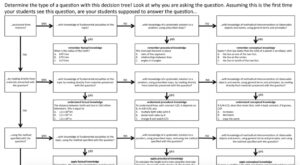
Eight criteria for authentic assessment; my takeaways from Ashford-Rowe, Herrington & Brown (2014)
“Authentic assessment” is a bit of a buzzword these days. Posing assessment tasks that resemble problems that students would encounter in the real world later on sounds like a great…
